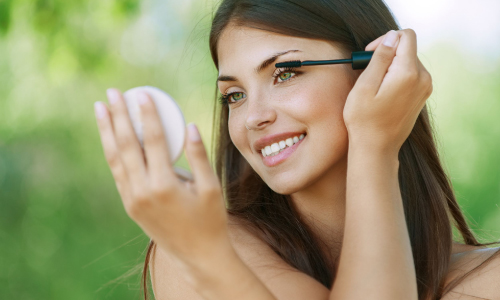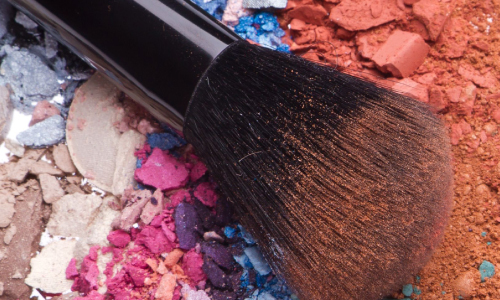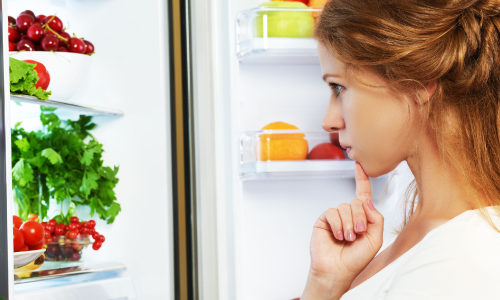The term “Eco-Living” covers a large spectrum of practices and habits that help to reduce our carbon footprints. I could write books on everything from creating a zero-waste home to eco-pet basics, but this is a blog post. So, if you are looking for ways to make your home as green as it can be, then try out some of my favorite practices.
Throw Away the Trash Can
One of the easiest ways to cut down on waste is by starting a compost bin. This allows me to re-use what would normally take up space in a land fill. Plus, it makes great fertilizer for my plants and garden!
Anything organic can be turned into compost, even the “cardboard” from egg cartons. It’s also an easy DIY project you can finish in a weekend.
Ditch the Grocery Bag
More and more stores like Whole Foods, Market District, and even Aldis are offering canvas bag alternatives instead of wasteful plastic ones. While it might cost you a few dollars, the benefits are worth the initial cost.
First of all, I used to find few things as frustrating as the gallon of milk I just purchased tearing through the grocery bag and breaking in the parking lot. Canvas is so much sturdier, making it useful for carrying milk jugs, soda bottles, and even for holding a few extra items when moving or heading on vacation.
Secondly, I’m doing my part to cut down on the roughly 10 billion bags making their way to land fills in my state. That means my state has to charge less taxes for the resources to dispose of those bags as well. It’s a win-win in my book.

Cut out the Meat
A plant-based diet has plenty of health benefits, but it can help reduce on nitrous oxide emissions at the same time. A recent study by the United Nations showed that nitrous oxide has 296 times the impact on Global Warming that CO2 does. These gases come from the massive amount of livestock being raised for consumption.
Cutting back on your meat intake means fewer cows, pigs, and chickens pumping out concentrated amounts of greenhouse gases and more land set aside for recreation.
Reduce Water Waste
This one is as simple as cutting back your shower time and using a low-flow shower head. I like to put two of my favorite songs on a playlist to help me keep track of my time spent bathing. It’s an enjoyable way to shorten your shower time.
Cutting back on bottled water purchases and investing in a purifier for your sink is another great way to reduce usage. I saved an easy $30 a month that way!
These are just a few of the ways I choose to make my home more eco-friendly that you can try out as well. What are some of your favorite eco-living habits? What are your favorites and how did you make the switch?







